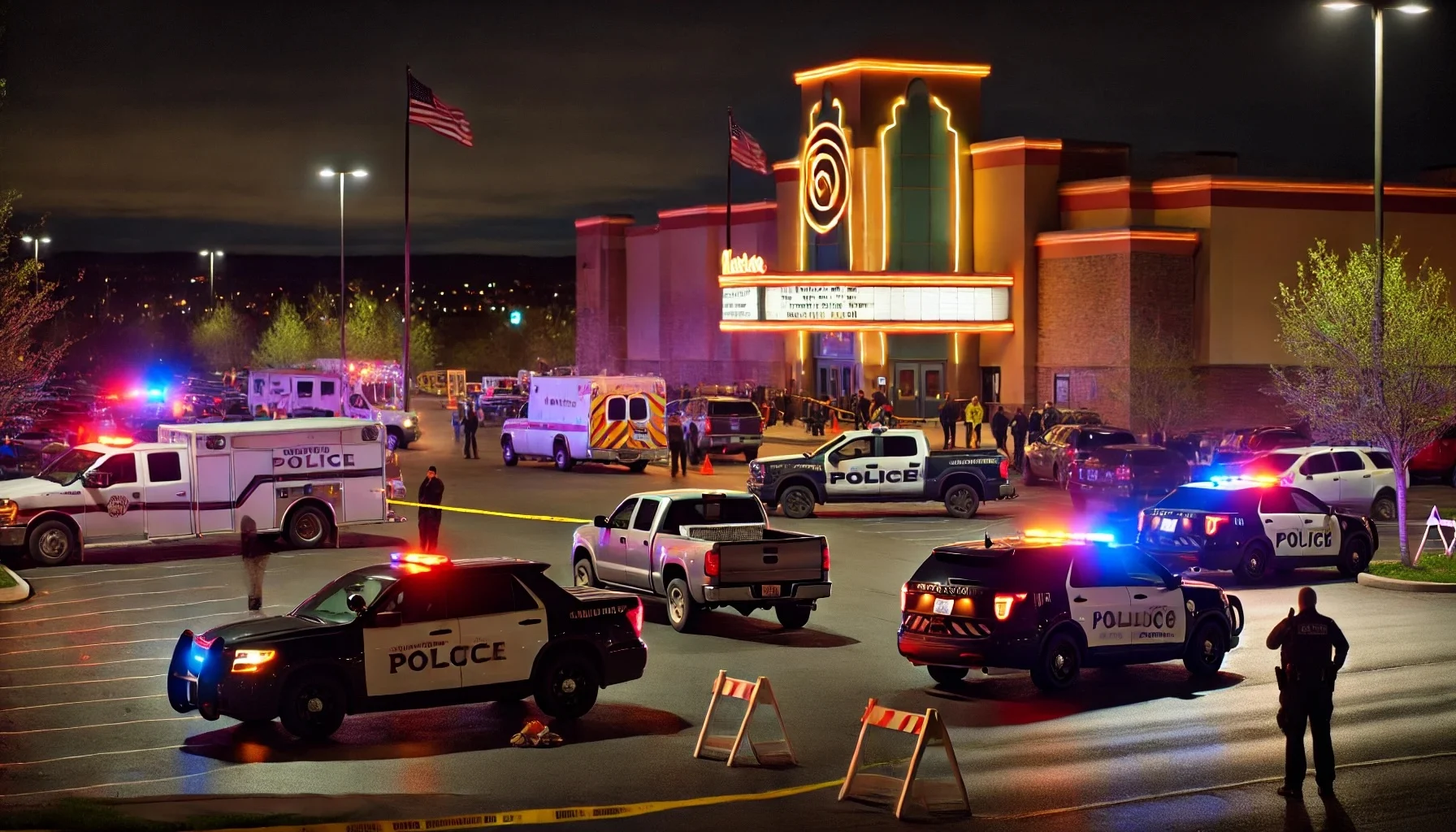
The 2012 Aurora Shooting
by: The Calamity Calendar Team
July 20, 2012
Background of the Perpetrator
James Eagan Holmes, the man behind the Aurora shooting, was a Ph.D. student in neuroscience at the University of Colorado. Despite his promising academic future, Holmes’s mental health was a significant concern. In the months leading up to the attack, he experienced severe mental distress, consulting with a psychiatrist and expressing homicidal thoughts. However, these red flags did not lead to preventive measures, allowing Holmes to carry out his devastating plans.
The Lead-Up to Tragedy
Holmes’s preparation for the attack was methodical and chilling. He began planning at least two months in advance, legally acquiring a cache of weapons and ammunition. His apartment was booby-trapped with explosives, intended to create a diversion. Holmes’s calculated actions highlighted a deeply troubled mind, driven by a sinister intent to cause maximum harm.
The Night of the Attack
As moviegoers eagerly awaited the midnight premiere of “The Dark Knight Rises” on July 19, 2012, Holmes was setting his plan into motion.
Thanks for subscribing!
12:05 AM, July 20, 2012: The movie began, and the theater was filled with excitement and anticipation.
12:30 AM: Holmes, dressed in tactical gear and a gas mask, entered the theater through an emergency exit. He threw two gas canisters into the crowd, creating chaos and confusion.
12:31 AM: Amid the panic, Holmes opened fire with a semi-automatic rifle, a shotgun, and a handgun, targeting the helpless audience.
12:39 AM: The first 911 calls were made, and police arrived within 90 seconds, demonstrating a swift response to the unfolding horror.
12:45 AM: Holmes was apprehended near his car without resistance, ending the immediate threat but leaving a trail of devastation behind.
The Immediate Aftermath
The shooting claimed 12 lives and injured 70 others, 58 of whom were shot. The community of Aurora was left reeling from the shock and grief. Local hospitals were overwhelmed by the influx of casualties, necessitating rapid triage and emergency response efforts. The impact extended beyond the physical injuries, as the psychological scars would linger for years to come.
Legal Proceedings and Sentencing
Holmes faced an extensive list of charges, including 24 counts of first-degree murder and 140 counts of attempted first-degree murder. His trial, which began on April 27, 2015, was a focal point for discussions on mental health and legal accountability. On August 7, 2015, Holmes was sentenced to 12 life sentences plus 3,318 years without the possibility of parole, ensuring he would spend the rest of his life behind bars.
Broader Impact and Policy Changes
The Aurora shooting prompted nationwide debates on gun control and mental health care. It exposed gaps in the system that allowed a severely disturbed individual to obtain weapons legally. In response, some states implemented stricter gun control measures, aiming to prevent future tragedies.
Enhanced Security Measures
In the wake of the shooting, movie theaters and other public venues increased security measures. Bag checks, increased surveillance, and heightened awareness became standard practices to protect patrons and prevent similar incidents. The legacy of the Aurora shooting serves as a stark reminder of the vulnerability of public spaces to mass violence.
A Legacy of Change and Reflection
The Aurora, Colorado movie theater shooting remains etched in the collective memory as one of the deadliest mass shootings in modern U.S. history. It underscores the urgent need for comprehensive approaches to mental health care and gun control. The victims are remembered, not just as statistics, but as individuals whose lives were tragically cut short. As society continues to grapple with the issues highlighted by this tragedy, the hope is that lessons learned will lead to meaningful change and a safer future for all.
Stay in the Loop!
Become a Calamity Insider and get exclusive Calamity Calendar updates delivered straight to your inbox.
Thanks! You're now subscribed.